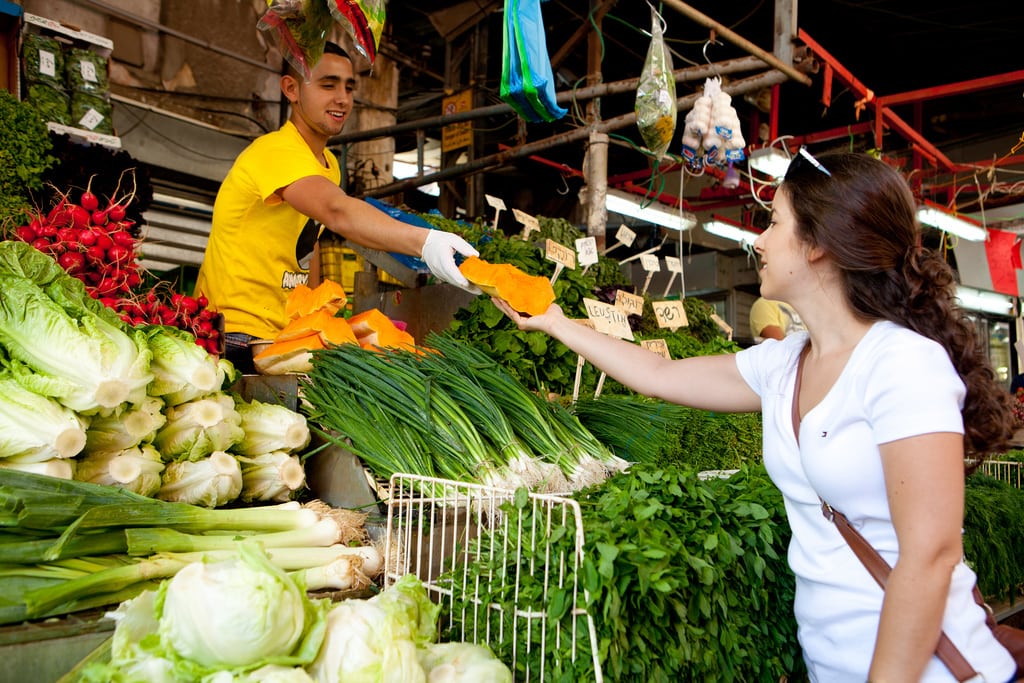6 Charts Showing State of Food Tourism With Tour Operators

Skift Take
Food is now the leading hook in travel and many travelers the world over not only perceive food tourism as an adventure but are also calling for more adventure type tours to heavily incorporate food experiences among hiking or white water rafting expeditions.
The line between food tourism and adventure travel continues growing thinner as nearly a third of adventure tour operators say travelers have asked them to make food a larger part of their trips.
The Adventure Travel Trade Association recently surveyed 281 inbound and outbound tour operators and travel agents from 54 countries (80% were tour operators) who served an average of 3,300 travelers per year. The survey found that 50% of travelers would enjoy incorporating a food experience outside of traditional meals into a physically active style of adventure travel. As the following charts depict, 51% of these tour operators said their tours incorporating food experiences are
